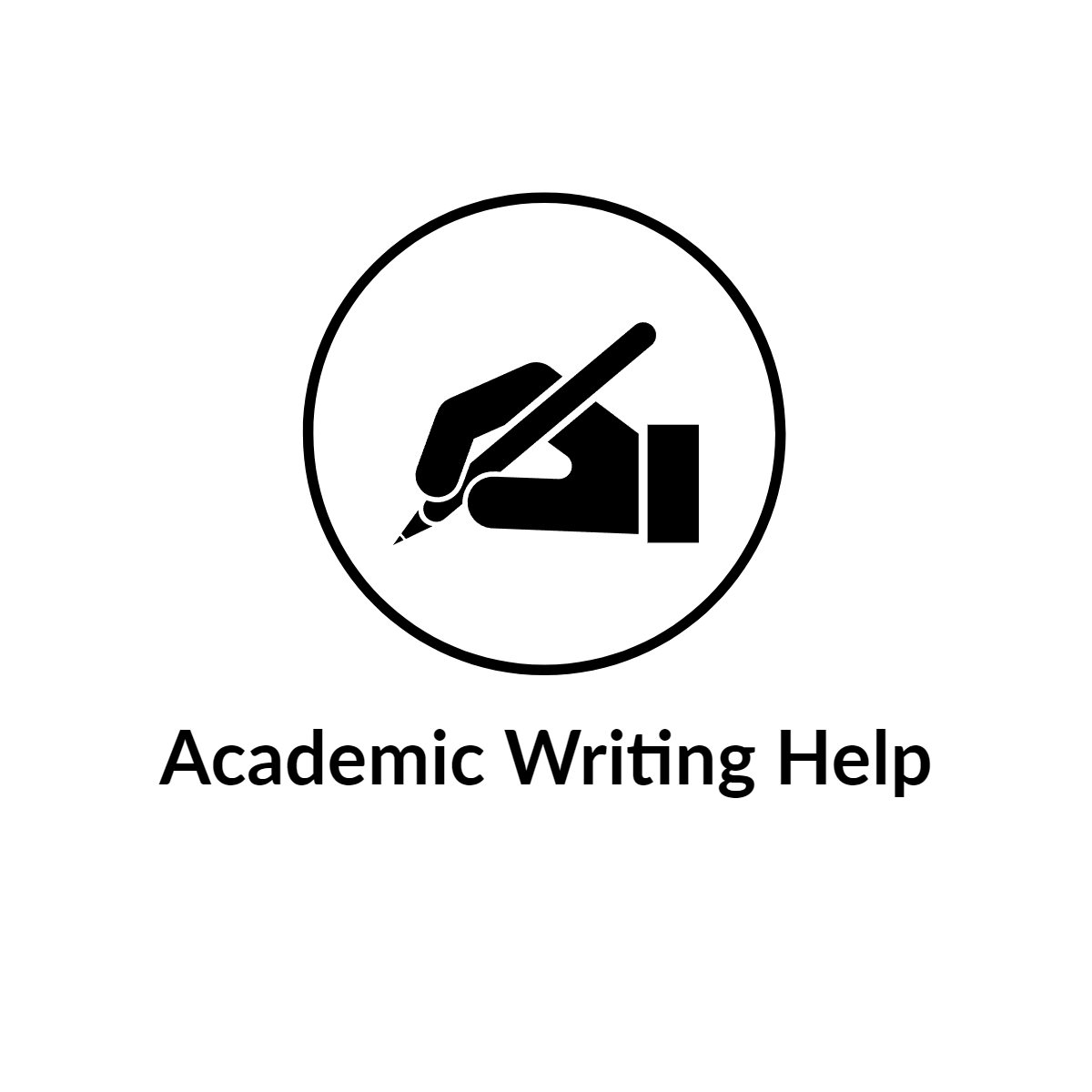Notes: Before preparing your assignment for submission, please refer to the assignment preparation guidelines given at the end of this sheet and the marking rubric/scheme posted in the Study Desk. The Textbook for this course is “Structural Analysis” by R C Hibbeler, 9th edition in SI Units. This assignment is worth 20% to your overall grade, i.e. 200 marks.
Q1 (10 marks) – Statical determinacy.
Classify each of the structures below as statically determinate, statically indeterminate, or unstable. If indeterminate, specify the degree of indeterminacy.
(a) Beam shown in problem 2.13a of text book (p. 72)
(b) Frame shown in problem 2.14a of text book (p. 72)
(c) Frame shown in problem 2.14c of text book (p. 72)
Q2 (10 marks) – Statically determinate truss analysis.
For the truss shown in problem 3.5 of textbook (p. 127),
(a) determine the member forces in BC, BE and FE using the method of sections. Present your results in a table and clearly identify tension by ‘T’ and compression by ‘C’
(b) determine member forces in DE, DC, GF and GA using the method of joints. Present your results in a table and clearly identify tension by ‘T’ and compression by ‘C’.
Q3 (15 marks) – Shear and moment diagrams for statically determinate beams.
For the beam shown in problem 4.37 of textbook (p. 179),
(a) determine the support reactions at A and B
(b) using equations 4.3 and 4.5 of the text book, draw the shear force diagram for the whole beam.
(c) using equation 4.4 of the text book, draw the bending moment diagram for the whole beam. Clearly show calculation details for the maximum moment in AB segment (using equation 4.4).
(d) taking A as origin of x coordinate, determine the shear (V(x)) and moment (M(x)) functions for AB segment. Applying calculus principles, calculate the maximum value of M(x). Check this value against the value from part (c).
Q4 (25 marks) – Shear and moment diagrams for statically determinate frames.
For the frame shown in problem 4.40 of textbook (p. 180),
(a) determine support reactions at A and D.
(b) determine internal moments for CB and CD segments at C.
(c) draw the shear force diagram for the entire frame.
(d) draw the bending moment diagram for the entire frame.
(e) draw a free body diagram of joint C clearly showing axial and shear forces and moments acting at each side of the joint. (Hint: see Fig 4.16 c in p. 161).
Q5 (25 marks) – Cable and arch analysis.
(a) For the cable shown in problem 5.10 of textbook (p. 205), determine the equation of the cable (ie. in the form y=f(x) ) and the maximum tension in the cable under the given uniform load of 2.5 kN/m. If the cable can carry a tension of up to 100 kN, what additional uniform load can be applied to the cable without breaking it.
(b) For the three hinged arch shown in problem 5.28 of textbook (p. 208), determine the horizontal and vertical components of reaction at C, and the internal shear and moment of the arch at the 15 kN horizontal load point (ie. 1.5 m to the left of C). Hint: see Fig 5.9 in p. 197.
Q6 (25 marks) – Drawing deflected shapes and use of double integration method for deflection calculation.
(a) Draw deflected shapes for the three cases given in problem F8.1 (not problem 8.1) of textbook (p. 338). Give step by step procedure you have used (and explaining why) for the case shown in F8.1(c).
(b) For the beam shown in problem 8.8 of textbook (p. 342), use double integration method to determine the elastic curve for AC (in terms of coordinates x1), and specify the slope and deflection at C.
Q7 (30 marks) – Beam deflections by moment-area and conjugate beam methods.
For the beam shown in problem 8.30 of textbook (p. 344),
(a) using the moment-area method, determine the slope and displacement at B.
(b) repeat Q7(a) using the conjugate beam method.
Q8 (25 marks)- Truss deflections by the method of virtual work.
Determine the vertical displacement of joint B (not joint A)
(a) of the truss shown in problem 9.15 of textbook (p. 396).
(b) of the truss shown in problem 9.17 of textbook (p. 396).
(c) when both load effects in (a) and temperature increase in (b) happen simultaneously.
Q9 (25 marks) – Frame deflections by the method of virtual work.
For the frame shown in problem 9.53 of textbook (p. 401), determine the vertical displacement and slope at end C.
Q10 (10 marks) – Statically indeterminate beam analysis by the force method.
For the beam shown in problem F10.1 (not problem 10.1) of textbook (p. 446), determine the support reaction at B, and draw the bending diagram for entire beam.
Assignment Preparation Guidelines
The following is an outline of the format for Assignment Submissions in this subject:
- Margins must be at least 10 mm on all sides.
- Print your name in the upper right hand corner.
- Follow a logical sequence in obtaining your solution. Show all calculation details. A marker must be able to check your work, quickly and accurately.
- Draw all necessary sketches, figures and free body diagrams. Do not write “refer to assignment sheet or text book’’ for figures.
- Define all variables used in the calculations.
- Use appropriate units.
- Show final answers clearly. Use a box around or two forward slashes or double underlines to show your answer. If appropriate provide a clearly labeled summary table for each question.
- Do not show final answers to large number of significant places. Three significant places will be appropriate in most cases.
